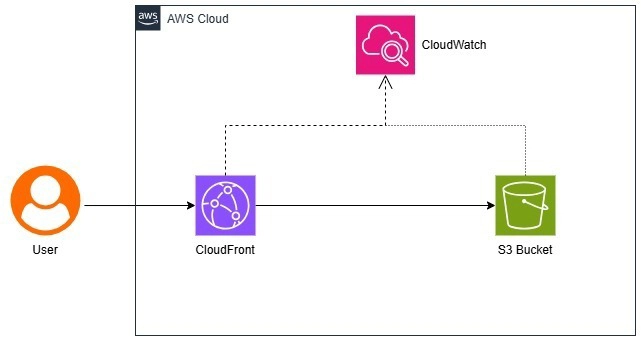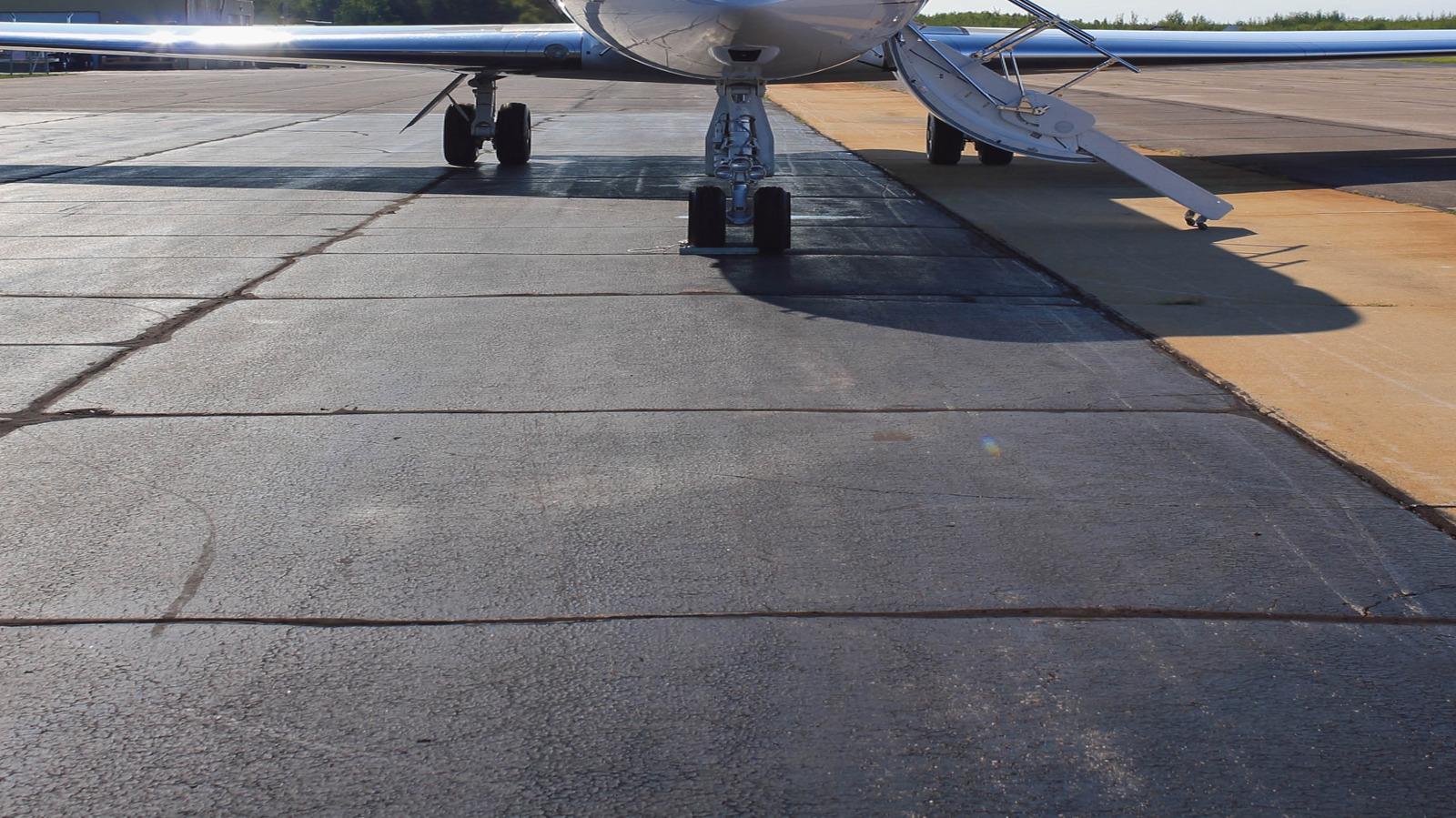Smart Fences with Facial Recognition: Application with OpenCV and Python
Security technologies have significantly evolved in recent years. Today, the use of facial recognition in smart fences and automatic gates enhances security for homes and businesses. In this article, we will see how to implement a facial recognition system using OpenCV and Python, applicable to vinyl fence chicago and automatic gates chicago. Why Use Facial Recognition for Fences and Automatic Gates? Facial recognition enhances security by allowing access only to authorized individuals. By integrating it with smart fences and automatic gates, we eliminate the need for keys or codes that can be stolen or copied. Installing OpenCV and Dependencies To implement our system, we need to install some Python libraries: pip install opencv-python numpy face-recognition The face-recognition library is based on dlib and simplifies the facial identification process. Capturing Faces with OpenCV The first step is to capture images from a camera to detect faces: import cv2 # Initialize the camera cap = cv2.VideoCapture(0) while True: ret, frame = cap.read() if not ret: break cv2.imshow('Frame', frame) if cv2.waitKey(1) & 0xFF == ord('q'): break cap.release() cv2.destroyAllWindows() This code opens the camera and displays the captured video in real time. Face Detection We will use the face-recognition library to detect faces in each frame: import face_recognition def detect_faces(frame): rgb_frame = frame[:, :, ::-1] # Convert from BGR to RGB face_locations = face_recognition.face_locations(rgb_frame) return face_locations while True: ret, frame = cap.read() if not ret: break faces = detect_faces(frame) for top, right, bottom, left in faces: cv2.rectangle(frame, (left, top), (right, bottom), (0, 255, 0), 2) cv2.imshow('Face Detection', frame) if cv2.waitKey(1) & 0xFF == ord('q'): break cap.release() cv2.destroyAllWindows() Integration with Smart Fences To control a smart fence or automatic gate, we can send a signal to a microcontroller like Arduino or Raspberry Pi. Assuming we have a relay connected to the fence control system, we can activate access when an authorized face is detected: import RPi.GPIO as GPIO import time gate_pin = 18 GPIO.setmode(GPIO.BCM) GPIO.setup(gate_pin, GPIO.OUT) def open_gate(): GPIO.output(gate_pin, GPIO.HIGH) time.sleep(5) GPIO.output(gate_pin, GPIO.LOW) When an authorized face is detected, we simply call open_gate() to activate the fence or gate. Conclusion Facial recognition is a modern solution to enhance the security of smart fences and automatic gates. Applications like this can be useful in high-security access systems and can be implemented in projects related to vinyl fence chicago and automatic gates chicago. This approach ensures that only authorized individuals gain access to facilities, improving both security and convenience.

Security technologies have significantly evolved in recent years. Today, the use of facial recognition in smart fences and automatic gates enhances security for homes and businesses. In this article, we will see how to implement a facial recognition system using OpenCV and Python, applicable to vinyl fence chicago and automatic gates chicago.
Why Use Facial Recognition for Fences and Automatic Gates?
Facial recognition enhances security by allowing access only to authorized individuals. By integrating it with smart fences and automatic gates, we eliminate the need for keys or codes that can be stolen or copied.
Installing OpenCV and Dependencies
To implement our system, we need to install some Python libraries:
pip install opencv-python numpy face-recognition
The face-recognition library is based on dlib and simplifies the facial identification process.
Capturing Faces with OpenCV
The first step is to capture images from a camera to detect faces:
import cv2
# Initialize the camera
cap = cv2.VideoCapture(0)
while True:
ret, frame = cap.read()
if not ret:
break
cv2.imshow('Frame', frame)
if cv2.waitKey(1) & 0xFF == ord('q'):
break
cap.release()
cv2.destroyAllWindows()
This code opens the camera and displays the captured video in real time.
Face Detection
We will use the face-recognition library to detect faces in each frame:
import face_recognition
def detect_faces(frame):
rgb_frame = frame[:, :, ::-1] # Convert from BGR to RGB
face_locations = face_recognition.face_locations(rgb_frame)
return face_locations
while True:
ret, frame = cap.read()
if not ret:
break
faces = detect_faces(frame)
for top, right, bottom, left in faces:
cv2.rectangle(frame, (left, top), (right, bottom), (0, 255, 0), 2)
cv2.imshow('Face Detection', frame)
if cv2.waitKey(1) & 0xFF == ord('q'):
break
cap.release()
cv2.destroyAllWindows()
Integration with Smart Fences
To control a smart fence or automatic gate, we can send a signal to a microcontroller like Arduino or Raspberry Pi. Assuming we have a relay connected to the fence control system, we can activate access when an authorized face is detected:
import RPi.GPIO as GPIO
import time
gate_pin = 18
GPIO.setmode(GPIO.BCM)
GPIO.setup(gate_pin, GPIO.OUT)
def open_gate():
GPIO.output(gate_pin, GPIO.HIGH)
time.sleep(5)
GPIO.output(gate_pin, GPIO.LOW)
When an authorized face is detected, we simply call open_gate() to activate the fence or gate.
Conclusion
Facial recognition is a modern solution to enhance the security of smart fences and automatic gates. Applications like this can be useful in high-security access systems and can be implemented in projects related to vinyl fence chicago and automatic gates chicago. This approach ensures that only authorized individuals gain access to facilities, improving both security and convenience.












































































































































































![[The AI Show Episode 142]: ChatGPT’s New Image Generator, Studio Ghibli Craze and Backlash, Gemini 2.5, OpenAI Academy, 4o Updates, Vibe Marketing & xAI Acquires X](https://www.marketingaiinstitute.com/hubfs/ep%20142%20cover.png)



























































































































![[FREE EBOOKS] The Kubernetes Bible, The Ultimate Linux Shell Scripting Guide & Four More Best Selling Titles](https://www.javacodegeeks.com/wp-content/uploads/2012/12/jcg-logo.jpg)



![From drop-out to software architect with Jason Lengstorf [Podcast #167]](https://cdn.hashnode.com/res/hashnode/image/upload/v1743796461357/f3d19cd7-e6f5-4d7c-8bfc-eb974bc8da68.png?#)





































































































.png?#)





.jpg?#)































_Christophe_Coat_Alamy.jpg?#)







































































































![Rapidus in Talks With Apple as It Accelerates Toward 2nm Chip Production [Report]](https://www.iclarified.com/images/news/96937/96937/96937-640.jpg)









































































































































